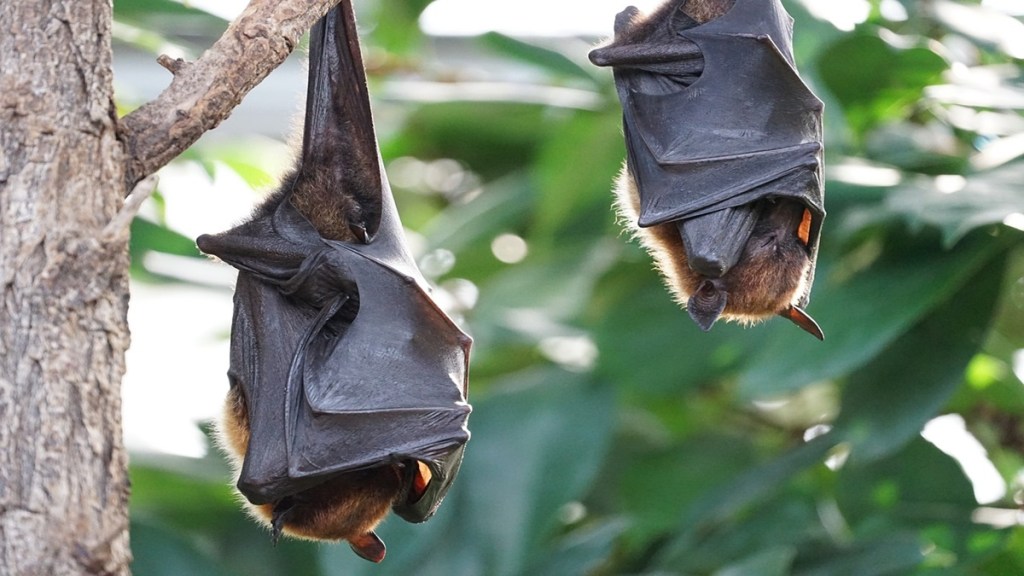A team of researchers at China’s Wuhan Institute of Virology have identified a new coronavirus in bats that can enter humans through the same way as the virus that causes COVID-19.
The newly identified bat virus, HKU5-CoV, has so far only been detected in laboratory studies and has not yet been found in humans. According to a report by news agency Reuters, scientists said the “risk of emergence in human populations should not be exaggerated” because the virus, known as HKU5-CoV-2, does not enter human cells as readily as SARS-CoV-2.
The findings of the study were published in the Cell journal. According to the study, the new virus is a member of the merbecovirus subgenus, which also contains the virus that causes Middle East respiratory disease (MERS).
How this virus can infect humans?
The study revealed that just like COVID-19 virus, this new bat virus can also get attached to human ACE2 receptors. This means that there may be a chance of animal-to-human transmission.
A report by Business Standard revealed that HKU5-CoV-2 has a lesser binding affinity to human ACE2 than SARS-CoV-2. However, it is yet unknown if it can infect people widely. To ascertain whether it presents a significant health risk, more investigation is required, the scientists maintain.
Scientists also discovered that HKU5-CoV-2 might infect human cells as well as small lung or gut tissues cultured in a lab. The researchers also revealed that the virus can transmit through an intermediary animal before reaching humans because it binds to several mammalian species in addition to human ACE2.
Although it can infect human cells, scientists have shown that SARS-CoV-2 is much more effective at doing so. The research team, headed by Shi Zhengli, a renowned virologist from Wuhan Institute of Virology, noted that it does not, as of now, represent a pandemic threat. Any possible mutations that might make it more contagious still require constant observation.
What are the symptoms?
The symptoms of HKU5-CoV-2 are unknown because there are currently no verified cases in people. As it is a member of the same subgenus as COVID-19 and MERS, it may produce similar respiratory symptoms, including:
- Shortness of breath
- Sore throat
- Fever
- Cough
- Fatigue
- Body aches.
How bat virus can spread?
According to the researchers, the bat virus can spread two ways: Direct transmission from bats and through an intermediary host.
